The postpartum period is a transformative and delicate phase in a woman’s life, marked by significant physical, emotional, and psychological changes. As dedicated caregivers, nurses play a central role in providing comprehensive postpartum care, ensuring the well-being of both the mother and the newborn during this critical time.
This nursing note explains and discusses postpartum care and the different changes women experience after childbirth, including physiological adjustments, emotional fluctuations, and the challenges of transitioning into motherhood.
Care within the First 24 Hours
Providing nursing care to a postpartum woman during the first 24 hours entails the following:
- Assess the woman’s family profile to determine the impact that the newborn would give to the family and to the woman.
- Assess the woman’s pregnancy history, especially if the pregnancy was planned or unplanned as it will determine the ability of the woman to bond with the newborn.
- Assess the labor and birth history such as the length of labor and if any analgesia or anesthesia was used to determine any necessary procedures to be done.
- Determine the infant’s data and profile to help with planning the care of the newborn and promote bonding between the parents.
- The woman would also need a postpartum course such as her activity level after birth, any difficulties or pain felt, and if she is successful with infant feeding to determine any need for anticipatory guidance in-home care.
- Assess any laboratory data of the woman to be certain that she is recovering well and if any procedures or additional diagnostic tests need to be performed.
- Assess the woman’s general appearance because it is a reflection of how well the woman is moving into the taking hold phase of recovery.
- Assure the woman that losing a quantity of her hair is not a sign of illness but because she is returning to her nonpregnant state, as hair grows rapidly during pregnancy because of increased metabolism.
- Assess for facial edema, especially for a woman with pregnancy-induced hypertension.
- Advise the woman to purchase a nursing bra that is one to two sizes larger than her pregnancy size to allow for an increase.
- Assess the woman’s breast for any cracks or fissures, and avoid squeezing the nipple. Also, assess for signs of mastitis such as inflammation of a certain part of the breast.
- Assess the location, consistency, and height of the fundus through palpation.
- If the uterus is not firm upon palpation, massage it gently. Placing the infant on the mother’s breast also aids in stimulating contractions.
- Lochia is expected in a postpartum woman for 2 to 6 weeks, so an assessment of its characteristics is necessary to determine if it is the normal lochia or not.
- Observe the perineum for ecchymosis, hematoma. Edema or any drainage and bleeding from the stitches.
Care in Preparation for Discharge
Before the woman is discharged, she must be educated properly regarding the care of the newborn and herself at home.
- Assess first the ability of the mother to absorb new instructions and to listen.
- Conducting group classes regarding newborn care could greatly help mothers learn not only what the instructors teach but also from the experiences that some mothers could share to the group.
- It is also recommended for fathers to attend such classes so the mother would have someone she can rely on with the newborn care.
- Individual instruction is also sought after postpartum, as the family will need to know how to care for the woman and the newborn after discharge.
- Teaching should not always be formal; it may come in the form of comments during classes or procedures.
- Instruct the woman to avoid lifting heavy objects for the first three weeks after birth.
- Advise the woman to allot a rest period every day, or to rest and sleep while her newborn is also asleep so she can regain her energy.
- Be certain that the woman is aware that she must return to the healthcare facility after 4 to 6 weeks for examination and that she must arrange an appointment for her baby to be examined by a pediatrician at 2 to 4 weeks of age.
- Make sure that the woman and the family understood the discharge instructions amidst all the frenzy of the new baby; review instructions with parents before they leave.
- Calling or visiting 24 hours after discharge is the best way to evaluate whether the family has been able to grasp all instructions and integrate the newborn into the family.
Care after Discharge
Discharge from the healthcare facility usually occurs after 2 to 3 days after birth.
- The woman can rest better at home and may eat better if she has cultural preferences regarding food.
- The newborn can also be exposed earlier to the routines of the family, and make it easier for her to adjust to an extrauterine environment.
- A home visit after the discharge is usually recommended to check on how the family is doing now that they have a newborn in the house.
- High-risk newborns, newborns born to adolescent mothers, and newborns with mothers who have abused drugs during pregnancy need to have a specially planned discharge and home visit.
- Pregnancy history is assessed during the postpartum visit and if there is any difficulty with the bonding between the mother and the baby, and allows the woman to relate her labor and birth experiences.
- Assess the newborn history and if there are any concerns about the newborn that the woman has noticed.
- Assess the woman’s future plans, whether she is going back to work outside the home, and if she had already arranged the care of her newborn while she is away.
- Conduct a family assessment and ask if other members of the family are adapting well with a newborn in the house.
- Examine both the mother and the newborn physically to note any signs of postpartum complications or defects.
- Remind the mother about the health maintenance visit of the newborn once she reaches 2 to 4 weeks old, and her return checkup 4 to 6 weeks after birth.
Postpartum Changes
As the postpartum period sets in, the greatest change that the woman would notice in her is the change in her role; she is now a certified mother! With this modification, other changes will start to set in slowly and gradually, and the woman must be armed with information so she would be able to deal with these life changes.
Psychological Changes
The changes that the woman undergoes are crucial within the first 24 hours of postpartum, especially the psychological changes. These changes might affect the woman permanently if not given the appropriate attention and care.
Taking-In Phase
- The taking-in phase usually sets 1 to 2 days after delivery.
- This is the time of reflection for the woman because, within the 2 to 3 day period, the woman is passive.
- The woman becomes dependent on her healthcare provider or support person with some of the daily tasks and decision-making.
- This dependence is mainly due to her physical discomfort from hemorrhoids or the after pains, from the uncertainty of how she could care for the newborn, and also from the extreme tiredness she feels that follows childbirth.
- The woman prefers to talk about her experiences during labor and birth and also her pregnancy.
- The taking-in phase provides time for the woman to regain her physical strength and organize her rambling thoughts about her new role.
- Encouraging the woman to talk about her experiences during labor and birth would greatly help her adjust and let her incorporate it into her new life.
Taking Hold Phase
- The taking hold phase starts 2 to 4 days after delivery.
- The woman starts to initiate actions on her own and making decisions without relying on others.
- Women who underwent anesthesia reach this phase only hours after her delivery.
- She starts to focus on the newborn instead of herself and begins to actively participate in newborn care.
- Demonstrate newborn care to the mother and watch her do a return demonstration of every procedure.
- The woman still needs positive reinforcements despite the independence that she is already showing because she might still feel insecure about the care of her child.
- Allow the woman to settle in gradually into her new role while still at the hospital or healthcare facility because making decisions about the child’s welfare is a difficult part of motherhood.
Letting Go Phase
- During the letting go phase, the woman finally accepts her new role and gives up her old roles like being a childless woman or just a mother of one child.
- This is the phase where postpartum depression may set in.
- Readjustment of relationship is needed for an easy transition to this phase.
Physiological Changes
Several body systems are also affected after the birth of the newborn, and these changes may or may not be noticed by the mother early during postpartum.
Reproductive System
- Involution occurs during postpartum wherein the reproductive organs return to their nonpregnant state.
- The area where the placenta was implanted is sealed off to avoid bleeding.
- The uterus returns to its prepregnant size.
- Involution occurs more quickly in women who are well-nourished and ambulate early after birth.
- Contraction plays a very important role in the postpartum period for it allows the uterus to return to its former size quickly and also prevents hemorrhage.
- Lochia starts to appear as a bloody discharge for the first 3 days after birth and is termed as lochia rubra.
- Lochia serosa or the brownish to pinkish discharge starts on the fourth day, and the amount of blood and tissue decreases.
- Lochia alba appears on the tenth day and the discharge decreases and almost looks colorless or whitish. It may last until the third week after birth.
- The cervix is soft and malleable immediately after birth, but once contraction of the cervix takes place it also returns to its prepregnant state.
- At the end of seven days, the external os has narrowed to the size of a pencil opening but appears slitlike or star-shaped compared to its round shape before childbirth occurred.
- The vagina returns to its prepregnant state through contractions after the entire postpartum period but remains slightly more distended than before.
- Kegel’s exercise helps return the strength and muscle tone of the vagina.
- The labia minora and majora are still atrophic and soft after birth and would never return to its prepregnant state.
- The perineum is edematous and tender immediately after birth.
Hormonal System
- As soon as the placenta is no longer present, pregnancy hormones start to decrease.
- hPL and hCG are insignificant by 24 hours.
- Progestin, estrone, and estradiol return to their prepregnancy levels a week after birth.
- FSH remains low for 12 days and then starts to increase to signal the start of a new menstrual cycle.
Urinary System
- Immediately after birth, dieresis sets in to rid the body of the excess fluid that has accumulated during pregnancy.
- On the second to fifth day after birth, the urinary output of the woman increases to as much as 3000 mL per day.
- The woman’s abdomen must be assessed frequently during the postpartum period to prevent damage to the bladder due to overdistention.
- Urine may contain more nitrogen postpartum because of the increased activity of the woman during labor.
- Lactose levels may be slightly elevated to prepare the body for breastfeeding.
Circulatory System
- Blood volume returns to its prepregnancy level by the first or second week of birth.
- A 4-point decrease in hematocrit and a 1-g decrease in hemoglobin occur with each 250 mL blood loss.
- Hematocrit levels reach its normal prepregnancy level 6 weeks after birth.
- An increase in leukocytes and plasma fibrinogen occurs in the first postpartum weeks as a defense mechanism against infection and hemorrhage.
Gastrointestinal System
- The woman will feel hungry and thirsty almost immediately after giving birth,
- Digestion and absorption are active again after birth except for women who underwent a cesarean section.
- The passage of stool may still be slow because of the relaxin that is still present in the bowels.
- Bowel evacuation may still be difficult because of the pain of episiotomy.
Complications of Adolescent Birth and Postpartum Period
Pregnant adolescents have greater risks of complications than the average pregnant woman. Their young age predisposes them to several factors that could threaten their pregnancy and themselves. Because of this, healthcare providers must be aware of how to handle pregnant adolescents with complications and the interventions that go with them.
Pregnancy-Induced Hypertension
- A baseline blood pressure must be established because adolescents are more prone to PIH than the average pregnant woman.
- Measuring the blood pressure is especially important if the adolescent has not had her blood pressure checked since preschool or school age as long as 10 years earlier.
- Bed rest, preferably in a side-lying position, is the best intervention for a pregnant adolescent with pregnancy-induced hypertension.
- A pregnant adolescent may feel more at ease if she can lie down in a place where she can still be aware of household activities than be confined on her own in her bedroom.
- Help the adolescent establish a specific routine for bed rest, whether she can sit up in a lounge chair or is strictly confined in bed, or she can shower or use the bathroom.
- Adolescent girls would want to have some activities while on bed rest, so allow them to listen to music, work on their homework, or have a friend over.
- Ensure that the girl does not misinterpret that being on bed rest means that she is sick because she might reduce her nutritional intake or curtail her body hygiene.
- Low-dose aspirin may be prescribed to reduce the symptoms of hypertension in pregnancy.
- Emphasize strict compliance to medications because adolescents are often not reliable at taking daily medicine especially if it seems unimportant.
- If hypertension continues after a period of bed rest at home or if the symptoms of PIH are advanced when they are first discovered, the girl must be admitted to the hospital for a better-enforced bed rest.
- As soon as the fetus is mature, labor will be induced or cesarean birth scheduled.
Iron Deficiency Anemia
- Most adolescent girls are deficient in iron because they have a low protein diet prior to pregnancy, and the diet could not balance the amount of iron lost during menstrual flows.
- Symptoms of IDA include chronic fatigue, pale mucous membranes, and hemoglobin level less than 11 g/dL.
- Iron deficiency anemia is associated with pica, or the ingestion of inedible substances.
- A pregnancy compounds anemia because the girl must supply enough iron for fetal growth and her increasing blood volume.
- All pregnant women should take an iron and folic acid supplement, especially pregnant adolescents.
- Assist the adolescent in planning for a daily time for taking her iron supplement and review with her the iron-rich foods she needs to eat daily.
- When the body already has enough iron, it will start forming reticulocytes or immature red blood cells rapidly.
- A reticulocyte count may be obtained in 2 weeks to evaluate the levels and prove that the girl is taking her iron supplements.
- Other methods in assessing for adherence are taking a stool swab and assessing it for black tinge of an iron supplement or reassessing her serum iron level.
Preterm Labor
- Since an adolescent’s uterus is not yet fully grown, they are at high risk for preterm labor.
- By the third month of pregnancy, review the signs of preterm labor with the adolescent.
- Emphasize that labor contractions begin like sweeping contractions no more intense than menstrual cramps and any vaginal bleeding is suspicious of labor and should be reported.
- Most adolescent girls have gained their knowledge of labor from television, so they might dismiss light contractions as simple discomfort, not realizing they might be the start of labor.
- If the adolescent recognized labor contractions, they can seek care to have premature labor halted.
Cephalopelvic Disproportion
- Cephalopelvic disproportion is suggested by a lack of engagement at the beginning of labor, a prolonged first stage of labor, and poor fetal descent.
- Adolescent labor is just the same as the labor of an older woman if CPD is absent.
- Graphing labor progress is a good way to detect labor that is becoming abnormal.
- Be certain that an adolescent has a support person with her in labor so she can relax and breathe effectively with contractions.
- If this person is also an adolescent, you may need to serve as the true support person, or at least spend considerable time coaching so this person can support the girl in labor.
Postpartum Hemorrhage
- Young adolescents are more prone to postpartum hemorrhage than the average woman because if a girl’s uterus is not yet fully developed, it becomes overdistended by pregnancy.
- An overdistended uterus could not contract as effectively as a normally distended uterus does in the postpartum period, allowing bleeding to occur.
- Adolescents also may have frequent or deeper perineal and cervical lacerations than older women because of the size of the infant in relation to their body.
- However, young adolescents are generally healthy and have supple body tissue that allows for adequate perineal stretching.
- If there is a laceration, it usually heals readily without complication.
Inability to Adapt Postpartum
- The immediate postpartum period may be an almost unreal time for an adolescent.
- Giving birth is such a stressful and major crisis that all women have difficulty integrating it into their life.
- It may be particularly difficult for an adolescent.
- The girl may block out the hours of labor as if they did not happen.
- If she was particularly frightened by labor, she may have received a narcotic, so her memory of labor hours may be unclear.
- Urge the girl to talk about labor and birth to make the happening real to her or postpartum depression may occur.
Deficient Knowledge of Infant Care
- Adolescents show the same positive bonding behavior with their infants as their more mature counterparts.
- They may, however, lack sufficient knowledge of infant care.
- Although they may consider themselves to be knowledgeable in child care because they have babysat for a neighbor’s child or a sibling, they can be overwhelmed in the postpartum period to realize that when the baby is their own, child care is not as simple as it once seemed.
- When the child cries they cannot hand it to someone else, but at the end of 4 hours, when they are tired of caring for their baby, they cannot leave and walk away.
- These things may have been discussed with an adolescent during pregnancy, but these feelings may not become prominent until the child is actually born.
- Spend time with a girl observing how she handles her infant and demonstrate bathing and changing the baby appropriately.
- Model good parenting behaviors whenever possible by being aware of how you hold and care for the child.
- However, most adolescent mothers do not breastfeed because they perceive breastfeeding as something that will tie them down and also because of the reality that they will return to school full-time soon.
- Educate them about the importance of breastfeeding and tips on how to incorporate it into a busy lifestyle.
- Help young mothers who do not choose to breastfeed to find a feeding method that is satisfying to them and safe for the infant as part of the process of being a young but effective new mother.
- The care of the postpartal woman should always be integrated into the discharge planning. It is important to make sure that the woman is well taken care of, for she would also be responsible for the welfare of her newborn. A healthy mother will be able to raise a healthy newborn without any difficulty.
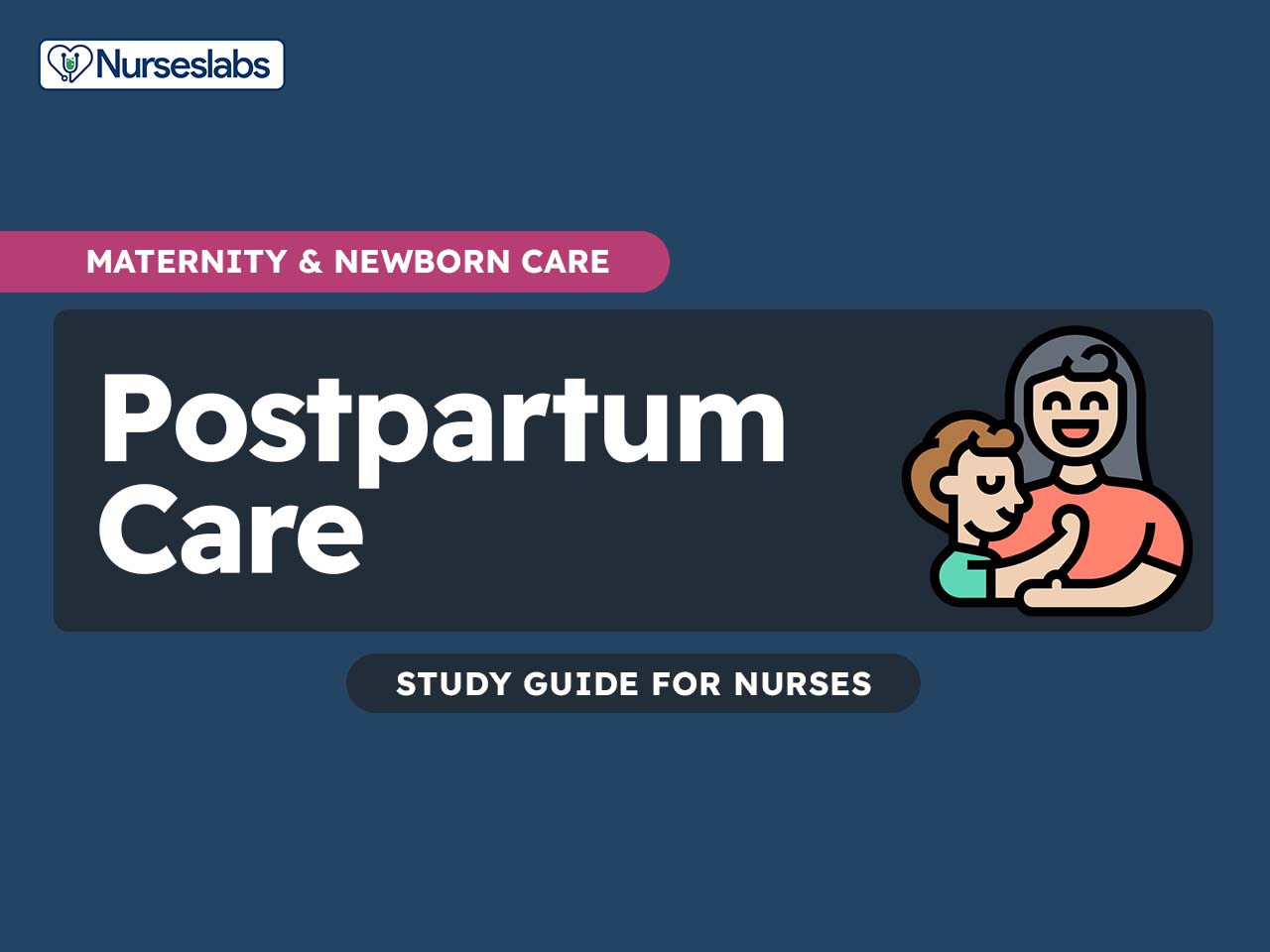
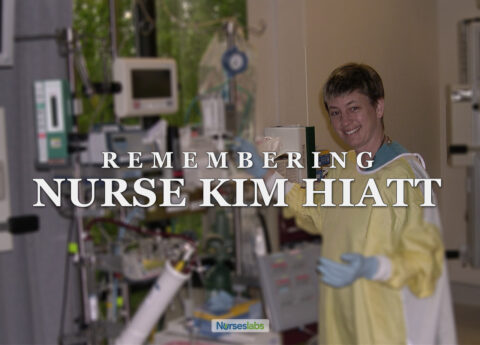

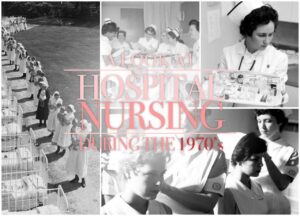

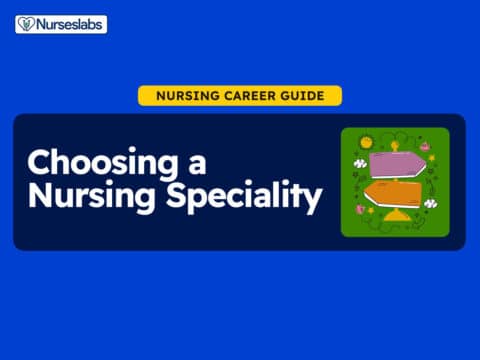
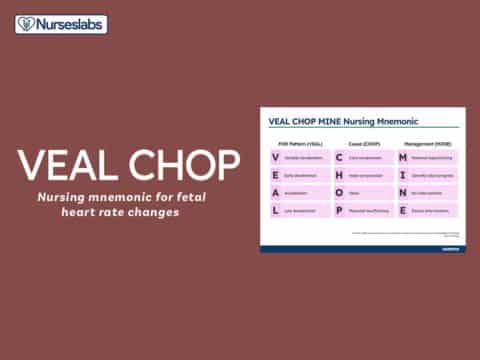
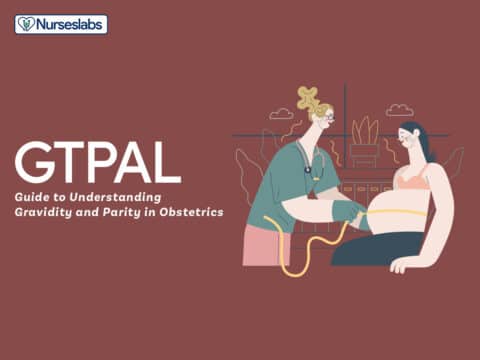
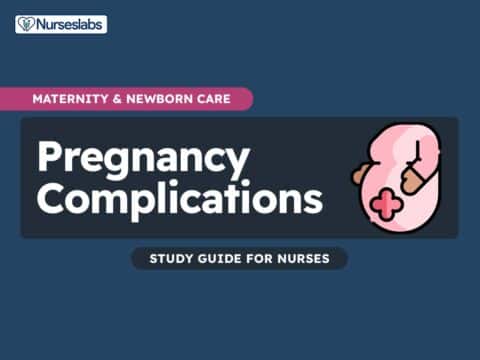
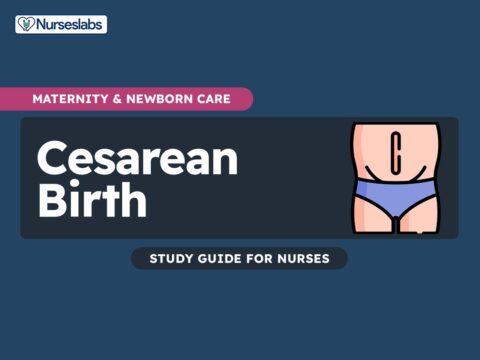
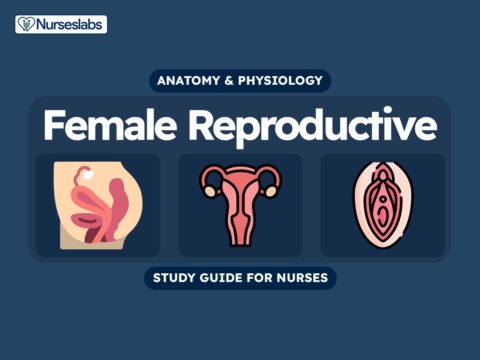

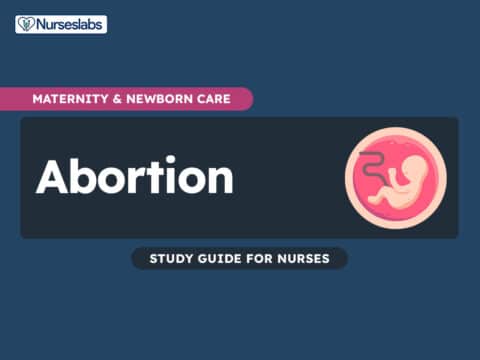
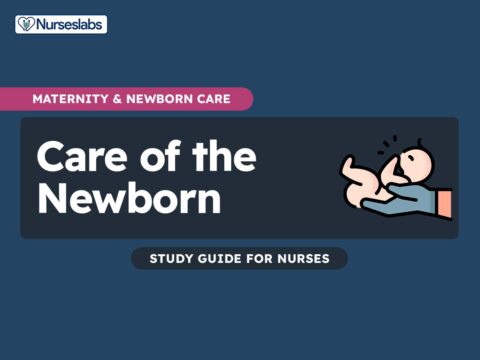
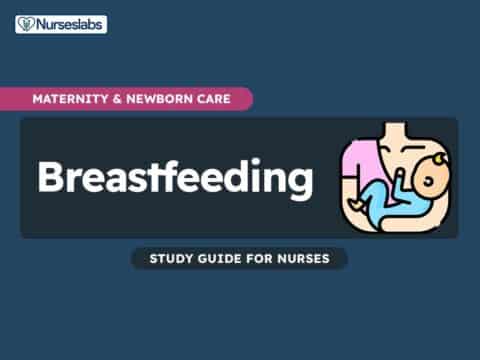
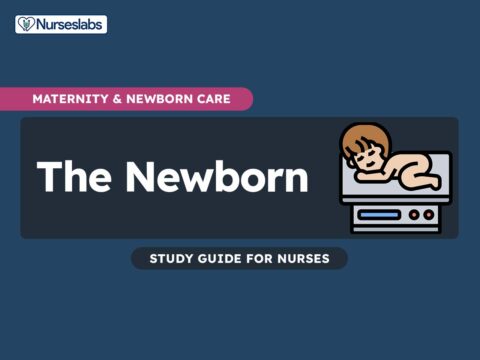
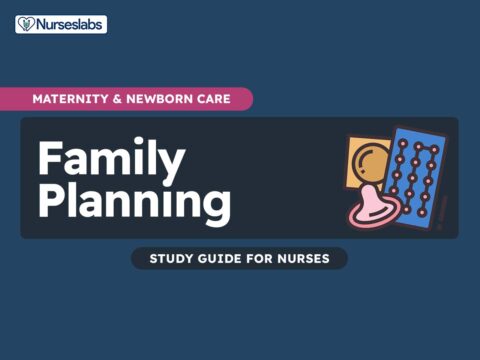


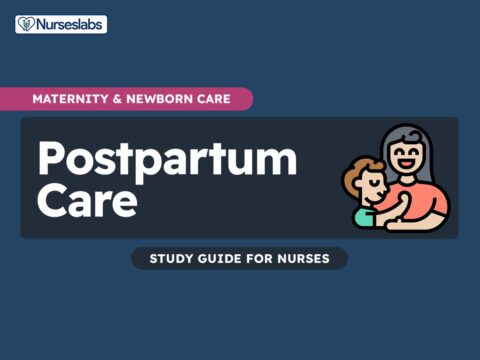
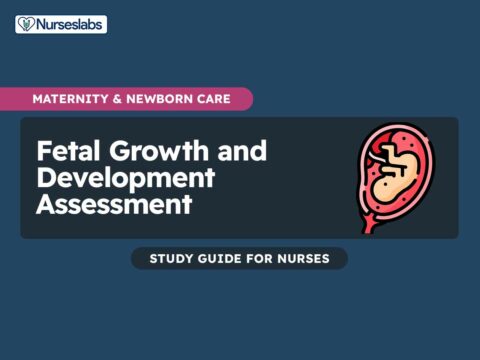

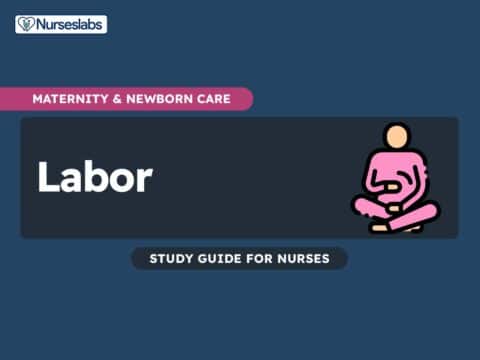
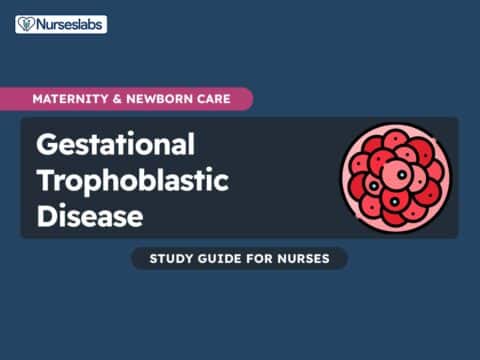
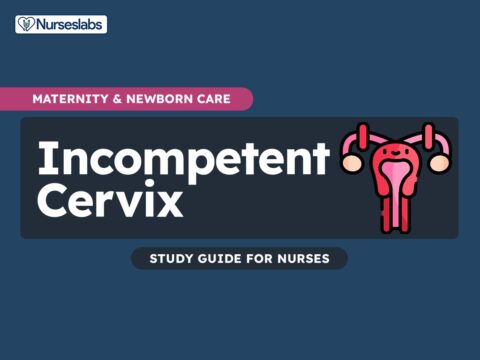

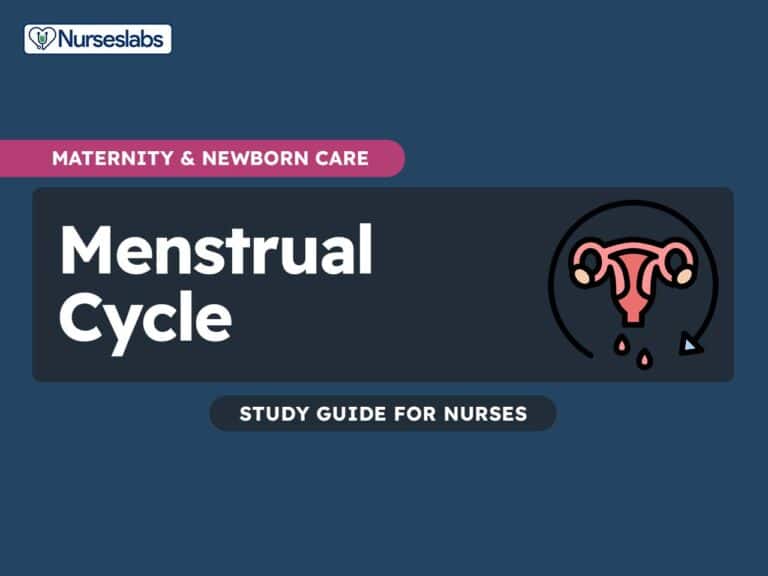

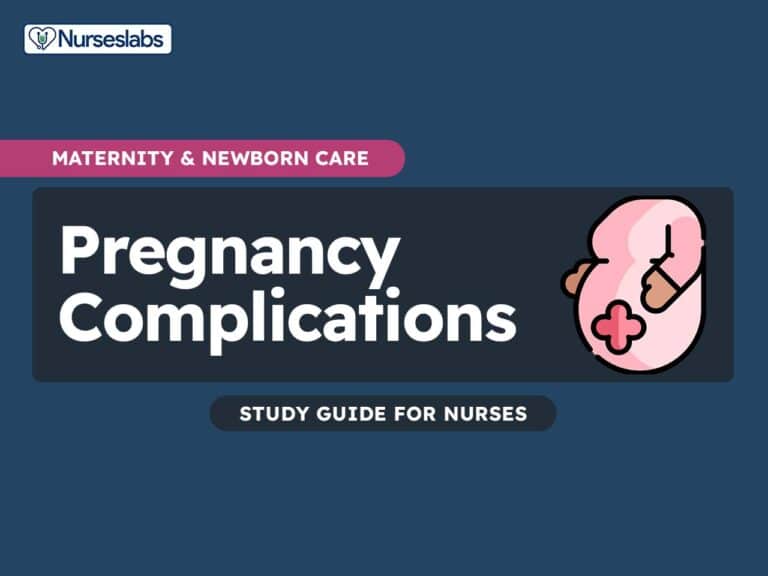
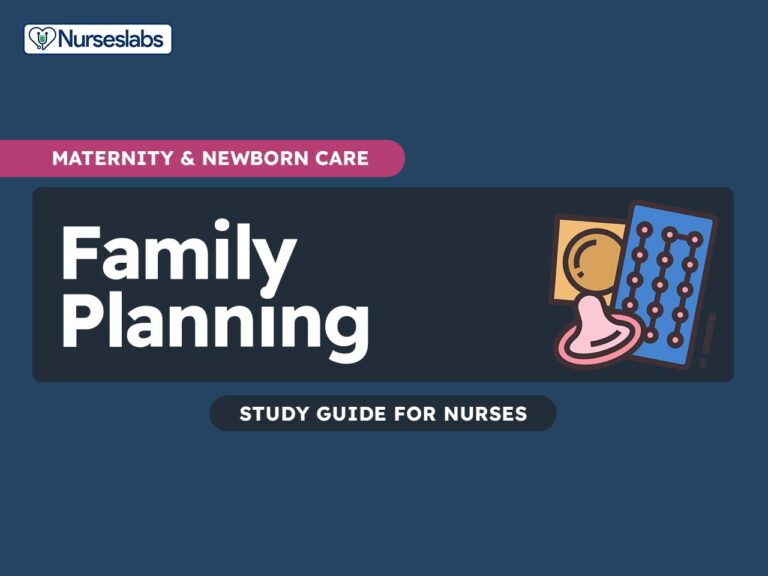

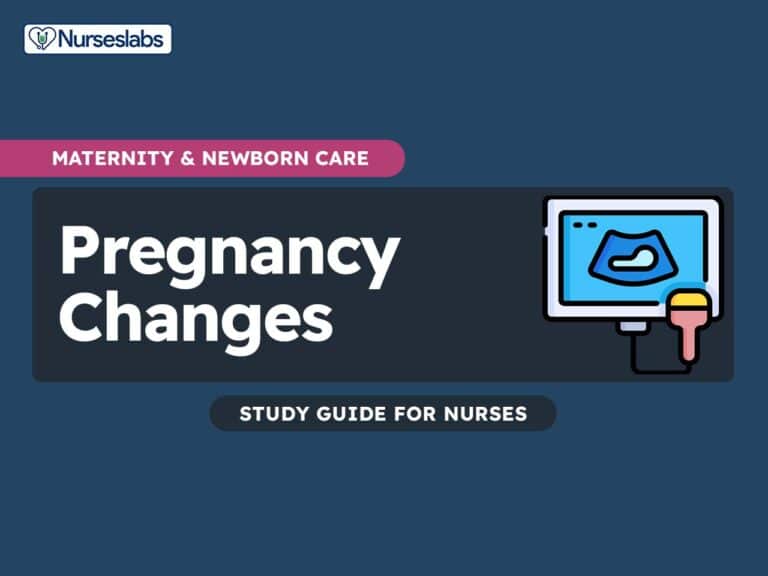
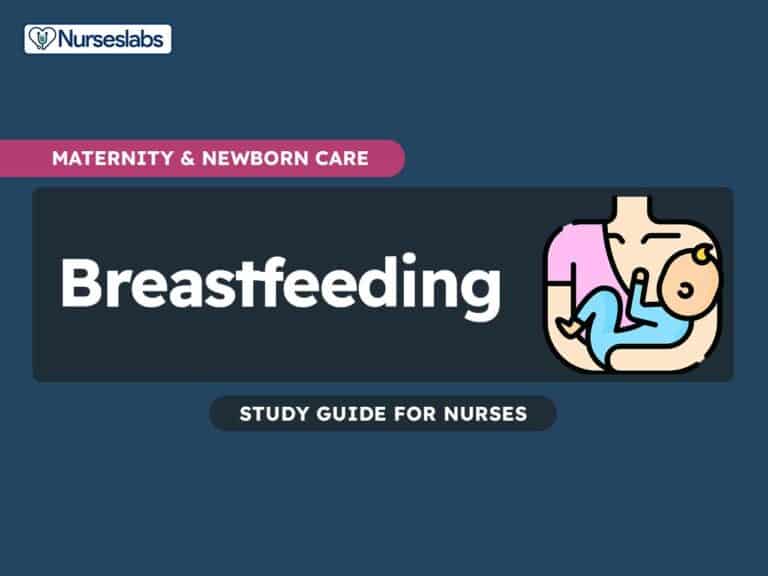

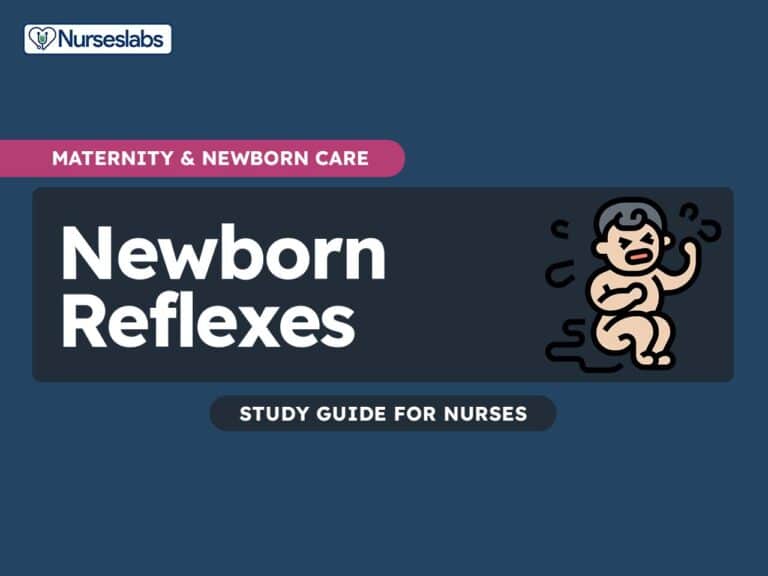
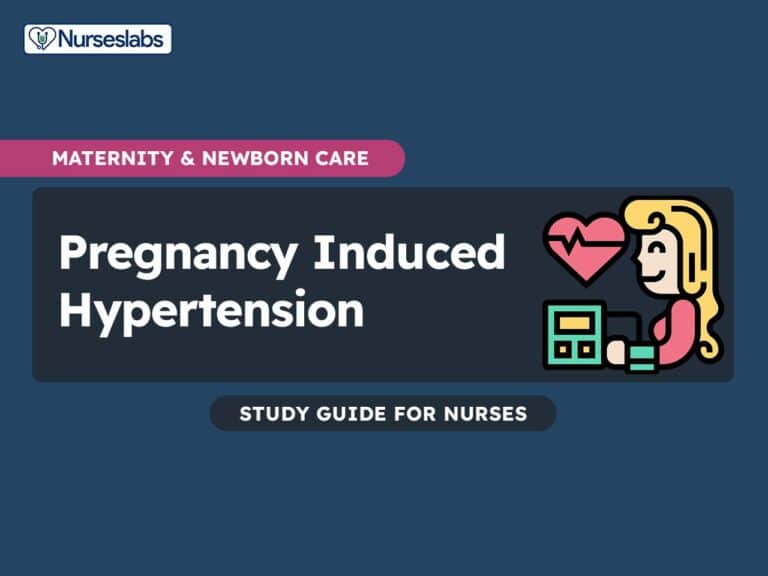

Leave a Comment